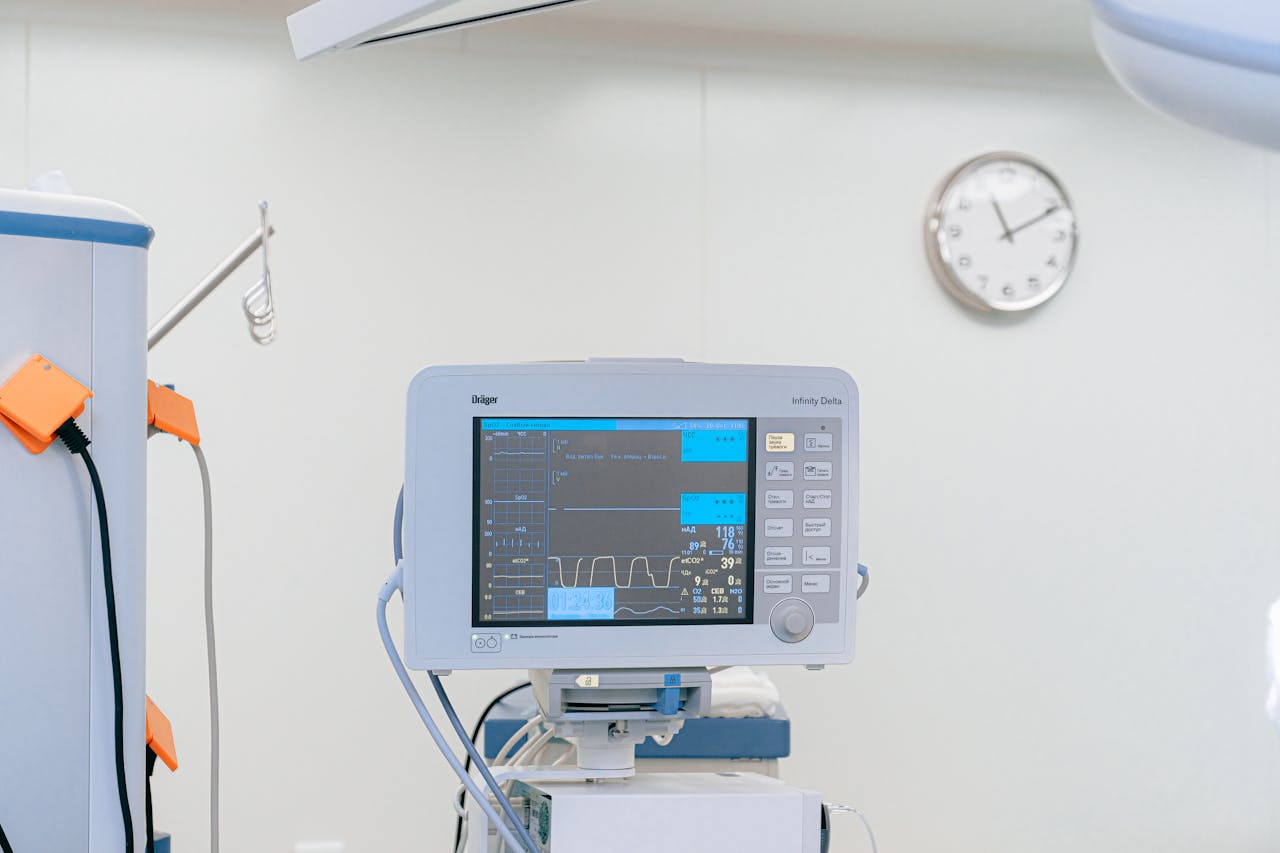When you’ve been told you need a TURBT procedure, it’s completely natural to feel a mix of emotions—curiosity, concern, and maybe even a bit of anxiety.
The TURBT procedure, short for Transurethral Resection of Bladder Tumour, is a common and effective treatment for bladder cancer.
Understanding what to expect can help ease your worries and make the process more manageable. Here’s a detailed look at the TURBT procedure from start to finish.

Preparing for Your TURBT Procedure
Preparation is key to ensuring everything goes smoothly. Before your TURBT procedure, you’ll likely have a series of appointments with your urologist.
These will include discussing your medical history, undergoing a few tests, and possibly undergoing imaging studies to assess the tumour’s location and size.
Your doctor will also provide you with detailed instructions on how to prepare, which may include dietary restrictions or adjusting your current medications.
It’s important to follow these instructions closely. For instance, you might need to stop taking certain medications that could increase bleeding risks or adjust your diet to avoid complications.
What to Expect on the Day of the Procedure
On the day of your TURBT procedure, for instance Urocare TURBT procedure, you’ll be admitted to the clinic. Once there, you’ll be greeted by the healthcare team who will guide you through the pre-operative process.
This typically involves changing into a hospital gown, having your vitals checked, and discussing any last-minute questions or concerns with your anaesthetist and surgeon.
The procedure itself is usually performed under general or regional anaesthesia. You won’t feel any pain or discomfort during the operation.
The surgeon will insert a thin, tube-like instrument called a cystoscope through the urethra to reach the bladder. This instrument is equipped with a camera and tools to remove the tumour.
The goal is to excise as much of the tumour as possible while preserving as much healthy tissue as possible.
Recovery and Aftercare
After the procedure, you’ll be taken to a recovery room where the medical staff will monitor you as you wake up from anaesthesia. It’s normal to feel groggy or disoriented initially.
Your healthcare team will provide you with instructions on managing pain and any other symptoms you may experience. You might have a catheter in place to help drain urine while your bladder heals.
Recovery times vary, but many people are able to go home the same day or the day after the procedure. It’s crucial to follow your doctor’s advice on post-operative care.
You may need to take antibiotics to prevent infection, manage any discomfort with prescribed pain relief, and attend follow-up appointments to ensure that the tumour has been removed effectively and to discuss further treatment if needed.
Understanding Potential Side Effects
While the TURBT procedure is generally safe, it’s helpful to be aware of potential side effects. These might include temporary blood in your urine, frequent urination, or a burning sensation during urination.
These symptoms are usually temporary and will resolve as you recover. However, if you experience severe pain, persistent bleeding, or other concerning symptoms, contact your healthcare provider promptly.
Conclusion
In summary, while the TURBT procedure might seem daunting, knowing what to expect can help you feel more in control and prepared. By understanding the preparation, procedure, recovery, and potential side effects, you can navigate this process with greater confidence and focus on your path to recovery.

